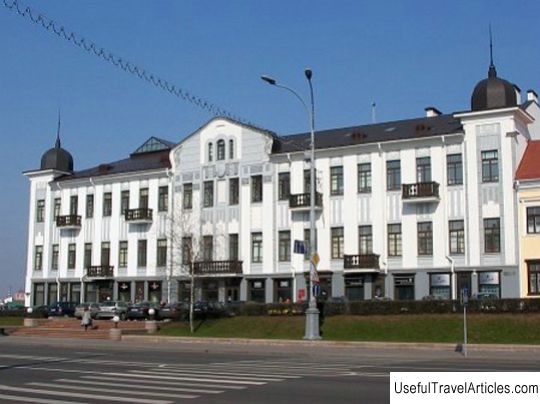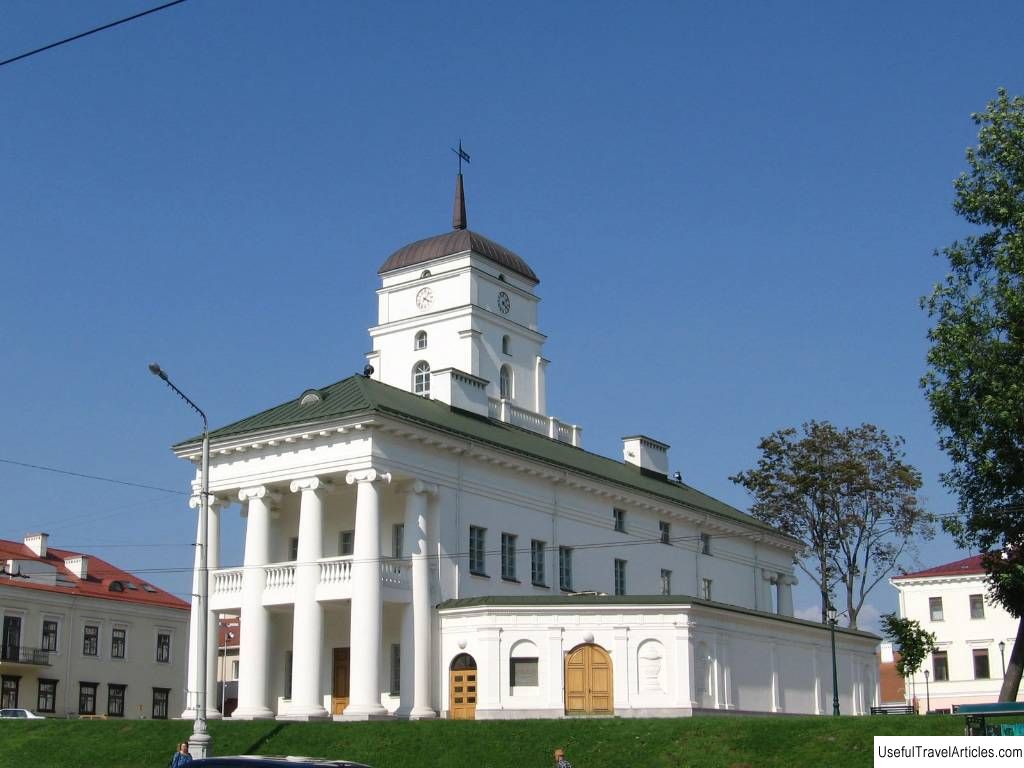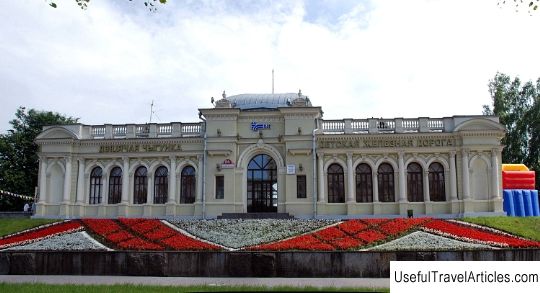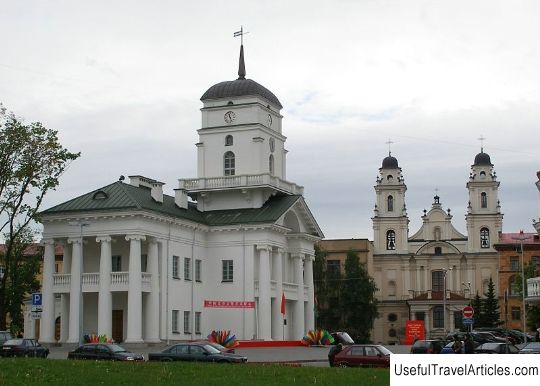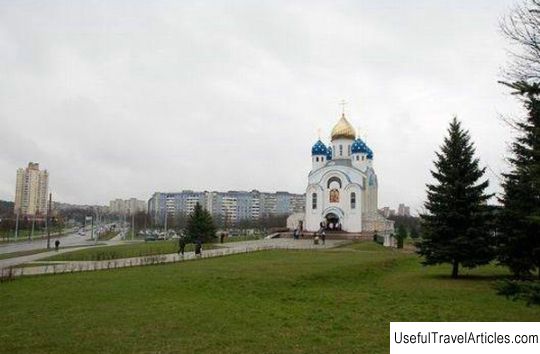Aleksandrovsky square description and photo - Belarus: Minsk
Rating: 8,9/10 (788 votes) 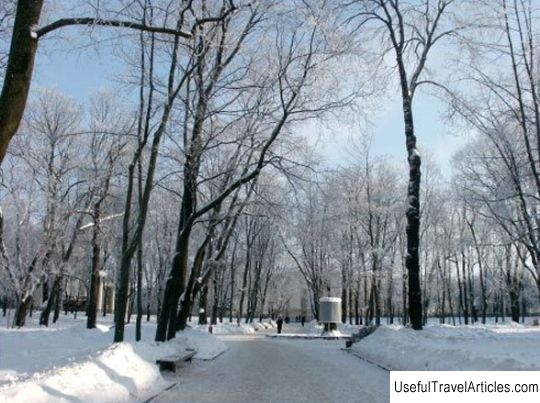
Alexandrovsky square description and photos - Belarus: Minsk. Detailed information about the attraction. Description, photos and a map showing the nearest significant objects. Photo and descriptionAleksandrovsky square in Minsk was founded in 1836 and named in honor of Alexander Nevsky. Now officially it is called simply "Central Square". The square has a popular, widespread in Minsk name - "Panikovka". At the end of the 19th century, the bustling commercial city of Minsk began to develop rapidly. Unfortunately, the development was chaotic. There were a large number of spontaneously emerging markets in Minsk - dirty and unsafe. In 1836, the mayor Leopold Valentinovich Depalts came to power in Minsk. Depalz immediately began to improve the city and did it often at his own expense. He drew attention to the area called the New Market or Novomeiskaya - a dirty, overgrown with weeds and pitted with holes, a rectangular wasteland, used by peasants on Sundays as an agricultural and horse market. With his own money, Leopold Depalz leveled the area of the former wasteland and planted it with trees: lindens and maples, and moved the peasant horse fair out of town. On the site of the New Market, a boulevard was formed, used by merchants for more noble trade. In 1867, alleys were laid here and the boulevard began to acquire the features of a public garden. In 1869, at the entrance to the square, the chapel of Alexander Nevsky was consecrated, which was erected in honor of the deliverance of Emperor Alexander from danger after the attempt on his life by terrorist D.V. Karakozova. There was an icon of Alexander Nevsky in the chapel. Unfortunately, the chapel lasted until 1929. Under Soviet rule, it was converted into a newsstand, and then completely demolished. The most recognizable symbol of the Alexandrovsky Square is the Boy Playing with a Swan fountain. Its original name was "Cupid and Swan". Author - T.E. Kalid, the famous metal sculptor. Similar fountains were cast and installed in many major cities in Europe. The fountain was opened in 1874 in honor of a significant event - the construction of a city water supply system with clean artesian water. Initially, the fountain was surrounded by bronze toads, from whose mouth water jets gushed, and fish and turtles swam in the pool. At the end of the 19th century, Alexander Square became a fashionable place for wealthy citizens to walk. A pavilion of artificial mineral waters was opened nearby. Hydrotherapy was fashionable among the educated respectable public. In 1890, according to the project of architects K. Vvedensky and K. Kozlovsky, the Minsk City Theater was built at the southern end of the park. The opening was attended by members of the imperial family. Now the theater is called the Yanka Kupala National Theater. The most unusual public toilet building in the world is located in Aleksandrovsky Square. An urban legend says that the architect created an exact copy of the house of the person he harbored a grudge against. The toilet was built in the Empire style and is a true masterpiece of architecture. In the post-revolutionary years, Alexandrovsky Square experienced many dramatic events, being the arena of the revolutionary struggle. During the Great Patriotic War, the square suffered at the hands of the fascist invaders. The fascists used the beautiful square for public executions. The monument to Anikeichik and Levin testifies to these difficult times, erected on the site of the execution of members of the communist underground in 1979. During the Soviet era, festive demonstrations took place in Alexandrovsky Square. Alexandrovsky Square acquired its modern look after a major reconstruction carried out in 2006. Now it is a favorite resting place of Minsk dwellers and an attraction, visited with pleasure by tourists.         We also recommend reading Monument to the Invisible Man description and photo - Russia - Ural: Yekaterinburg Topic: Aleksandrovsky square description and photo - Belarus: Minsk. |
